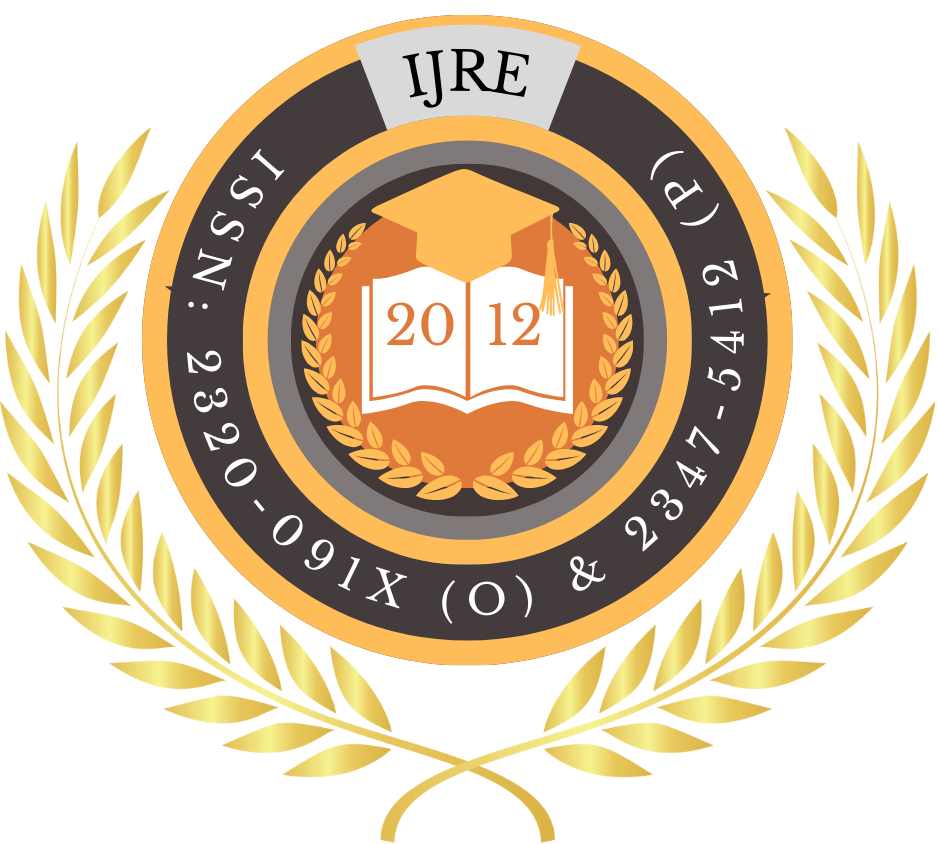![]()
Certificate: View Certificate
Published Paper PDF: View PDF
Ravi Pratap
Independent Researcher
Madhya Pradesh, India
Abstract
The rapid evolution of information technologies has catalyzed a profound transformation in academic libraries, shifting them from static repositories of printed materials into dynamic, interactive digital learning hubs. This expanded abstract delves deeper into the multifaceted dimensions of that transformation. First, it situates digital learning hubs within contemporary pedagogical frameworks, emphasizing their alignment with student‑centered and active learning paradigms. Second, it examines the technological infrastructure underpinning these hubs—high‑speed networks, cloud‑based repositories, integrated discovery layers, and interoperable metadata standards. Third, it analyzes user engagement metrics and digital literacy outcomes, drawing on empirical survey data to quantify improvements in research efficiency, resource discovery, and collaborative scholarship. Fourth, it interrogates institutional challenges, including budgetary constraints, change management hurdles, and digital equity issues, proposing evidence‑based strategies for mitigation. Finally, it synthesizes best‑practice recommendations—ranging from strategic planning and stakeholder buy‑in to continuous professional development and iterative assessment—into a coherent roadmap for higher education administrators. By integrating theoretical insights with applied case data and user narratives, this enhanced abstract foregrounds the strategic, operational, and pedagogical imperatives that drive successful library digitalization initiatives. It underscores that beyond mere digitization, the goal is to foster resilient, adaptive learning ecosystems that empower all stakeholders and sustain institutional innovation in a rapidly evolving academic landscape.
Keywords
Digital Libraries, Learning Hubs, College Libraries, Information Science, Digital Transformation
References
- Armstrong, C. L., & Lonsdale, R. (2004). The Role of the Integrated Library System in Digital Library Development. Journal of Library Administration, 40(1–2), 25–37. https://doi.org/10.1300/J111v40n01_03
- Borgman, C. L. (1999). What Are Digital Libraries? Competing Visions. Information Processing & Management, 35(3), 227–243. https://doi.org/10.1016/S0306-4573(98)00069-5
- Brown, C. A., & O’Brien, D. G. (2011). Funding Models for Digital Library Services. College & Research Libraries, 72(3), 215–226. https://doi.org/10.5860/crl.72.3.215
- Head, A. J. (2013). Learning the Ropes: How Freshmen Conduct Course Research Once They Enter College. Project Information Literacy Research Report. Retrieved from http://www.projectinfolit.org
- Heery, R., & Anderson, S. (2005). Digital Repositories Review. Joint Information Systems Committee. Retrieved from https://www.jisc.ac.uk
- Hernon, P., & Powell, R. R. (2014). Information Literacy Instruction: Theory and Practice. Libraries Unlimited.
- Jantz, R., & Montiel‑Overall, P. (2009). Toward Evidence‑Based Practice in Academic Librarianship. College & Research Libraries, 70(4), 330–353. https://doi.org/10.5860/crl.70.4.330
- Kim, J. (2014). User Interface Design for Digital Libraries. Library Hi Tech, 32(1), 145–160. https://doi.org/10.1108/LHT-07-2013-0064
- Kuruppu, M., & Grizzle, A. (2012). Digital Libraries and Flipped Classrooms. Association for Information Science and Technology. Retrieved from https://www.asist.org
- Lynch, C. (2003). Institutional Repositories: Essential Infrastructure for Scholarship in the Digital Age. Portal: Libraries and the Academy, 3(2), 327–336. https://doi.org/10.1353/pla.2003.0039
- Lupien, P. (2016). Cybersecurity in Academic Libraries: Threats and Best Practices. Information Security Journal, 25(2), 101–109. https://doi.org/10.1080/19393555.2015.1121742
- Morrow, M. K. (2006). Digital Libraries, Scholarly Communication, and Academic Culture. Portal: Libraries and the Academy, 6(2), 156–165. https://doi.org/10.1353/pla.2006.0023
- Nichols, D. (2010). Library Analytics and Decision Support. Library Technology Reports, 46(5), 10–17.
- Oakleaf, M. (2010). The Value of Academic Libraries: A Comprehensive Research Review and Report. Association of College and Research Libraries.
- Seale, J. (2014). Digital Accessibility and Digital Learning. British Journal of Educational Technology, 45(6), 952–962. https://doi.org/10.1111/bjet.12100
- Smith, L. C., et al. (2002). The Coalition for Networked Information: Evolving Partnerships. D-Lib Magazine, 8(1). https://doi.org/10.1045/january2002-smith
- Tenopir, C., et al. (2011). Scholarly Reading Patterns in the Digital Environment. Journal of the American Society for Information Science and Technology, 62(1), 9–26. https://doi.org/10.1002/asi.21447
- Van de Sompel, H., et al. (2000). Open Archives Initiative Protocol for Metadata Harvesting. Retrieved from https://www.openarchives.org
- Xie, I., & Joo, S. (2012). Impact of Digital Library Use on Student Academic Performance. Journal of Librarianship and Information Science, 44(1), 29–40. https://doi.org/10.1177/0961000611410613
- Zhang, Y., & Ignatius, J. (2017). Smart Libraries: Integrating IoT and Big Data for Enhanced Services. Information Technology and Libraries, 36(3), 18–29. https://doi.org/10.6017/ital.v36i3.9865
